Maharashtra Switch to Hindi
Maharashtra Withdraws Mandatory Hindi Rule
Why in News?
On 22nd April 2025, Maharashtra School Education Minister Dadaji Bhuse announced that the government would no longer mandate Hindi for students. According to him the Centre is simply implementing the National Education Policy (NEP) 2020 and not imposing Hindi on the states.
Key Points
- Government Resolution to Withdraw Hindi Mandate:
- The Minister announced that the government will issue a Government Resolution (GR) to remove the word ‘mandatory’ from the earlier directive making Hindi compulsory in Classes 1 to 5.
- He assured that new rules will be framed after assessing each school’s student strength and availability of language teachers.
- Three-Language Formula:
- He reiterated that the three-language formula will continue, in line with the NEP 2020.
- However, he stressed the introduction of greater flexibility, ensuring that no language will be imposed on any state.
- Students will have the freedom to choose the three languages, as long as two of them are native Indian languages.
- Schools must accommodate these choices based on available infrastructure and teachers.
- NEP’s Guiding Principles Emphasised:
- The Minister cited the NEP 2020’s emphasis on constitutional values, regional aspirations, and the need to promote multilingualism and national unity.
- He underscored that Hindi is not mandated by the Centre but can be an option like English, used for broader communication.
Three-Language Formula (Kothari Commission 1964)
- First language: It will be the mother tongue or regional language.
- Second language: In Hindi speaking states, it will be other modern Indian languages or English. In non-Hindi speaking states, it will be Hindi or English.
- Third Language: In Hindi speaking states, it will be English or a modern Indian language. In the non-Hindi speaking state, it will be English or a modern Indian language.
National Education Policy 2020
- About:
- The National Education Policy (NEP) 2020 aims to address India's evolving development needs by overhauling the education system to meet 21st century goals and Sustainable Development Goal 4 (SDG4), while preserving India's cultural heritage.
- It replaced the National Policy on Education, 1986, which was modified in 1992.
- Salient Features:
- Universal Access: Focuses on providing access to education from pre-school through secondary levels.
- Early Childhood Education: Transitions from the 10+2 to a 5+3+3+4 system, including children aged 3-6 in the school curriculum with an emphasis on Early Childhood Care and Education (ECCE).
- Multilingualism: Promotes using mother tongues or regional languages as the medium of instruction up to Grade 5, with options for Sanskrit and other languages. Indian Sign Language (ISL) will be standardised.
- Inclusive Education: Emphasises support for Socially and Economically Disadvantaged Groups (SEDGs), children with disabilities, and the establishment of "Bal Bhavans."
- Gross Enrolment Ratio (GER) Enhancement: Aim to raise the Gross Enrolment Ratio from 26.3% to 50% by 2035, adding 3.5 crore new seats.
- Research Focus: Establishes the National Research Foundation to enhance research culture and capacity.
- Language Preservation: Supports Indian languages through the Institute of Translation and Interpretation (IITI) and strengthens language departments.
- Internationalisation: Encourages international collaborations and the entry of top-ranked foreign universities.
- For example, in 2023 UGC released regulations to facilitate foreign universities to set up campuses in India.
- Funding: Targets increasing public investment in education to 6% of GDP.
- PARAKH Assessment Center: Introduces PARAKH (Performance Assessment, Review, and Analysis of Knowledge for Holistic Development) for competency-based and holistic assessments.
- Gender Inclusion Fund: Establishes a fund to promote gender equality in education and support initiatives for disadvantaged groups.
- Special Education Zones: Creates Special Education Zones to cater to the needs of disadvantaged regions and groups, reinforcing the commitment to equitable access to quality education.



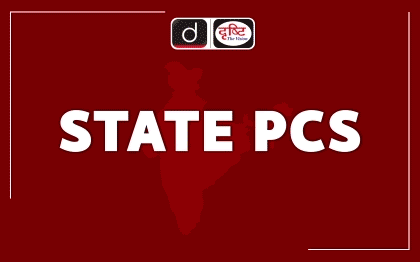
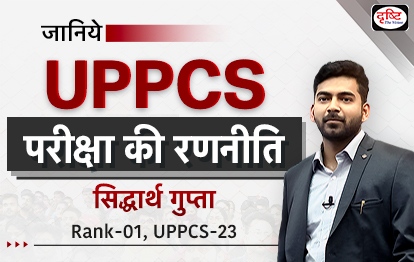



%20MPPCS%202025%20Desktop%20E.jpg)
%20MPPCS%202025%20Mobile%20E%20(1).jpg)

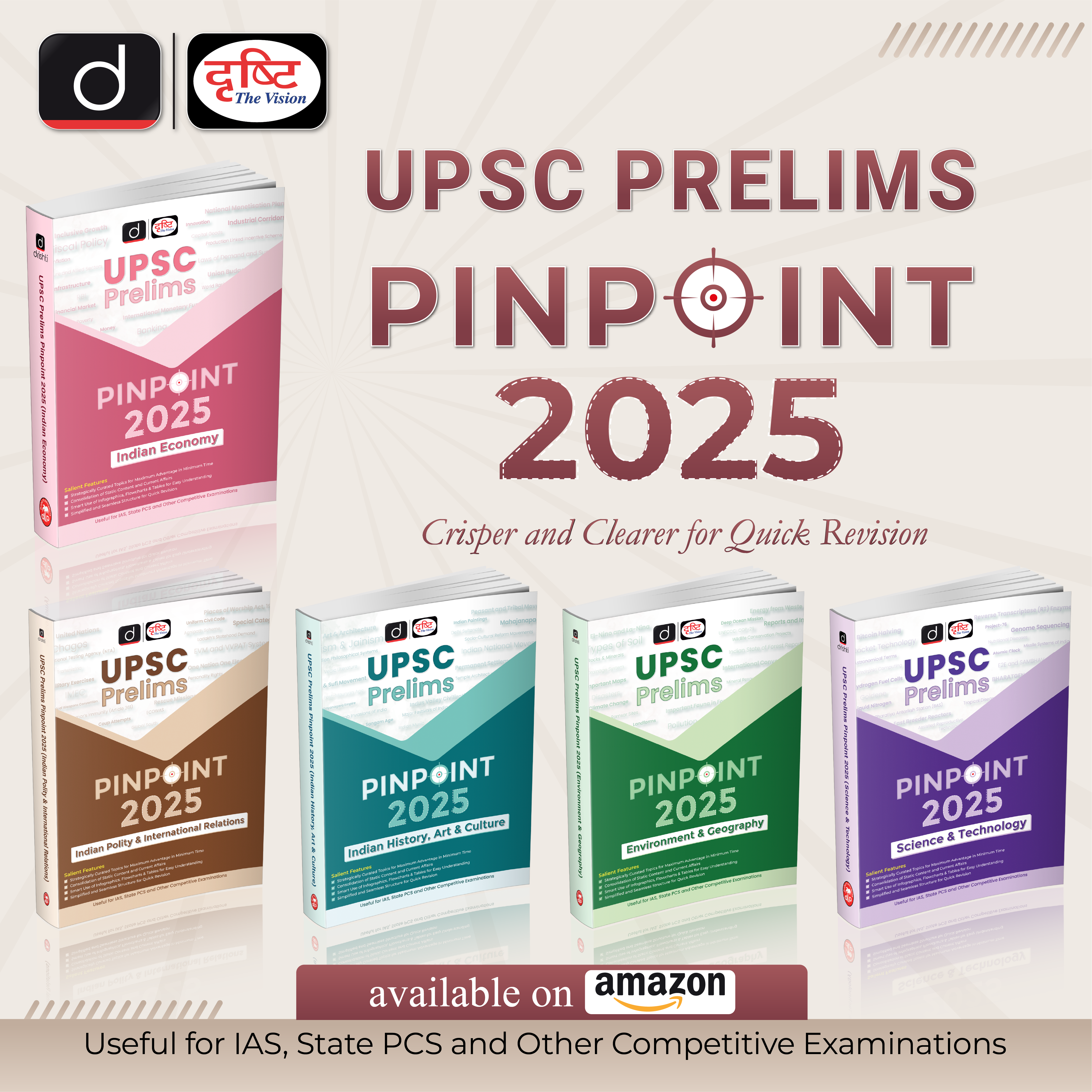







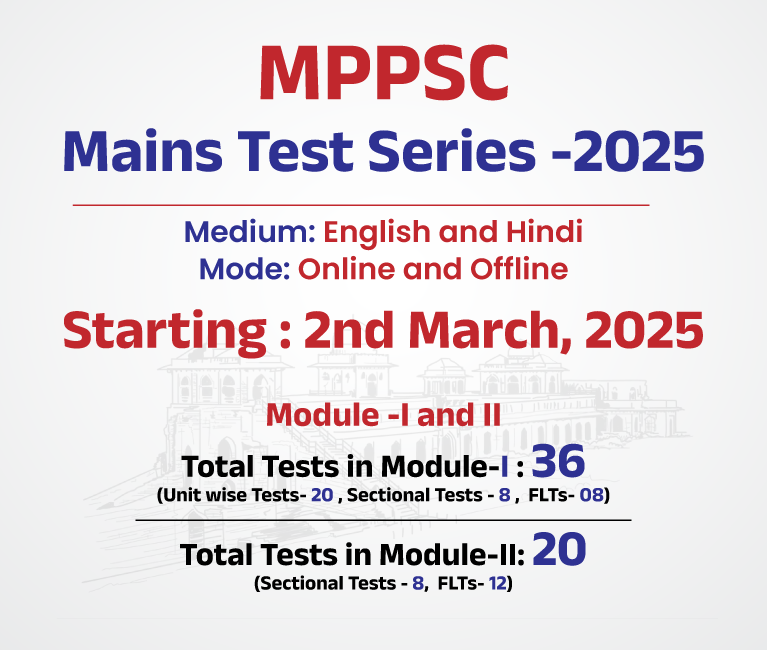
.png)
.png)

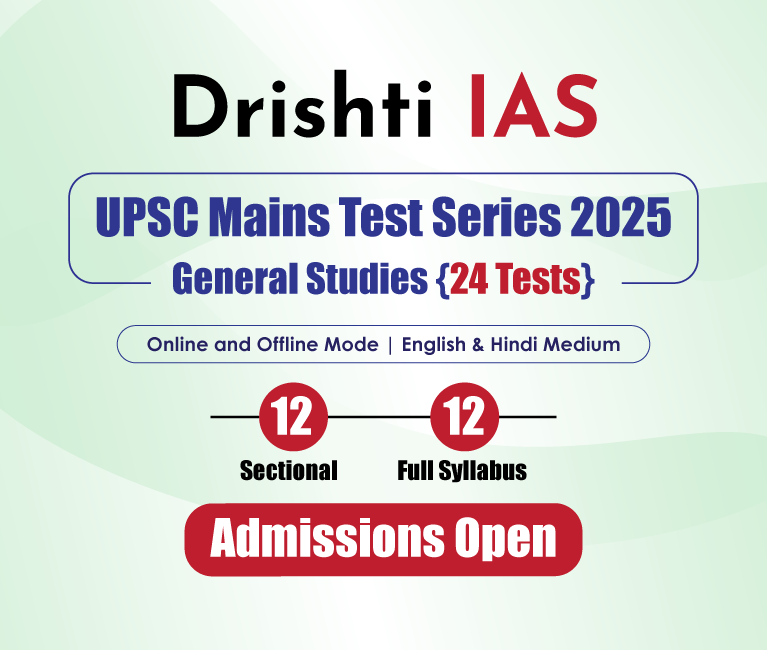

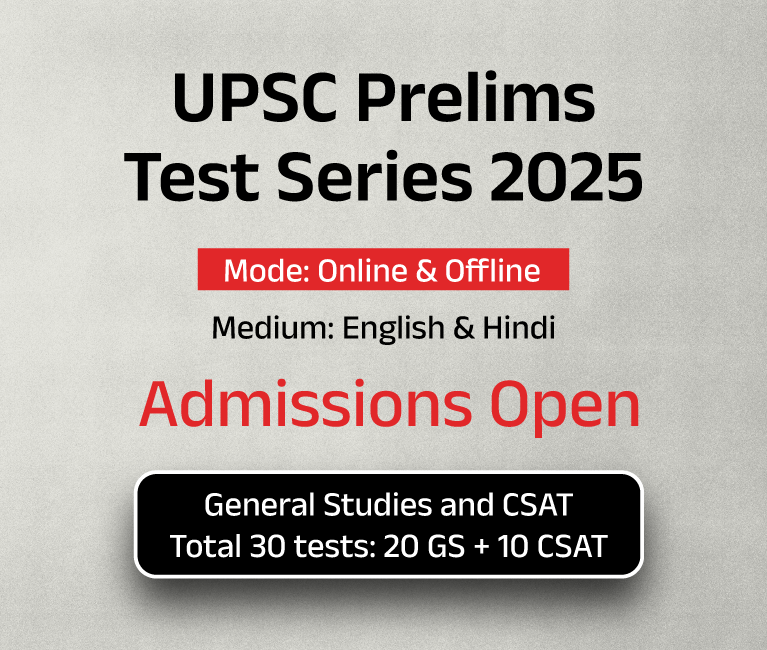

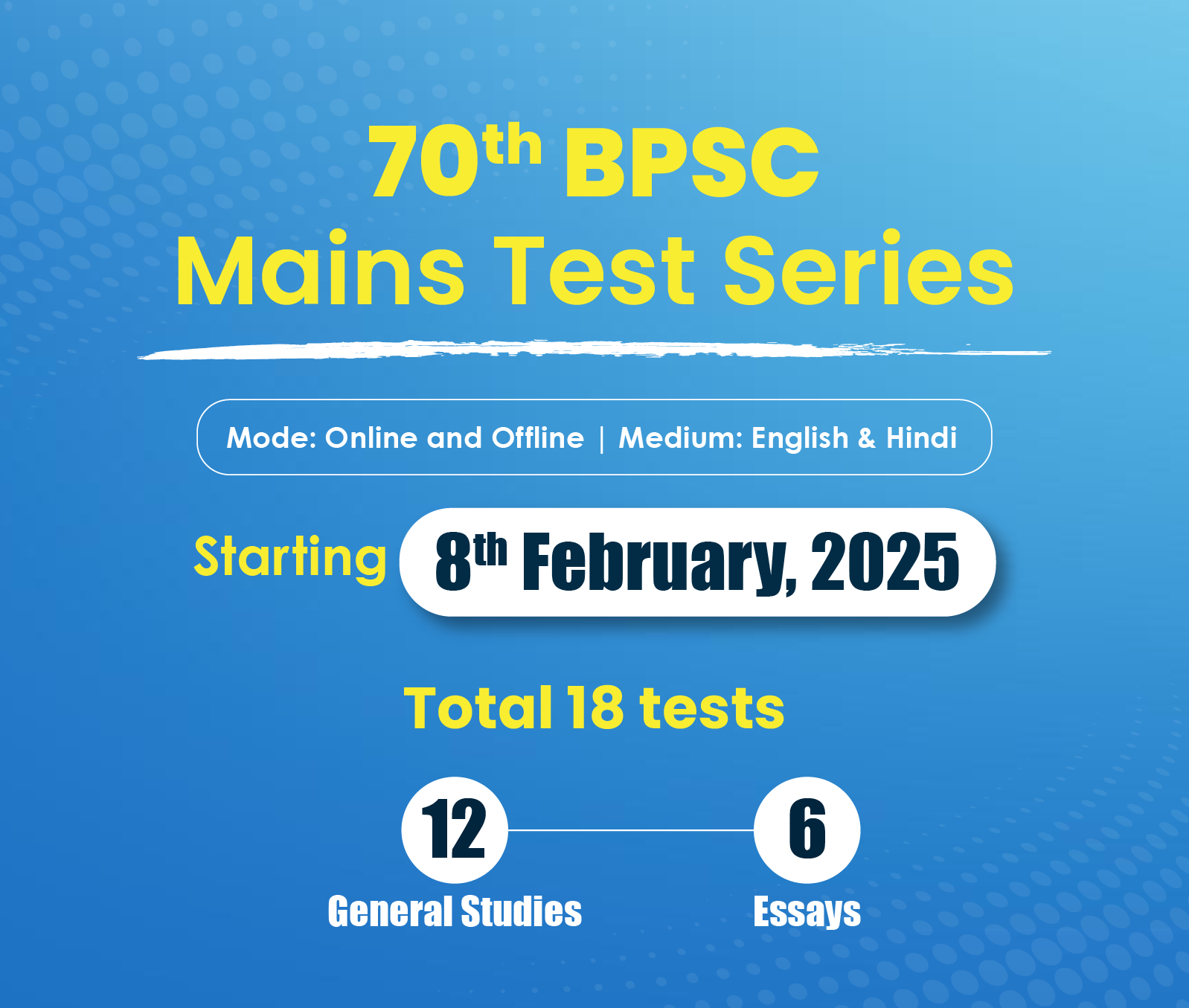





 PCS Parikshan
PCS Parikshan

